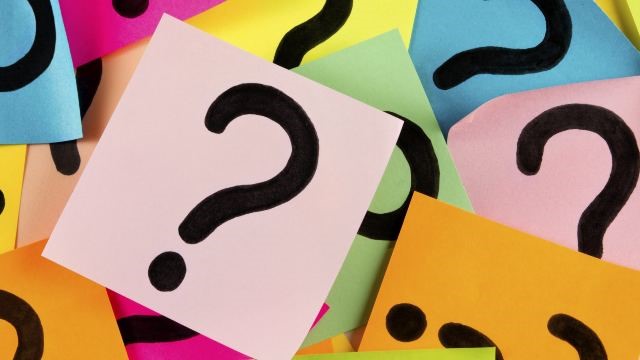Home » Commentary » Opinion » The ? recovery
· Ideas@theCentre

 Living standards, livelihoods and business survival are at stake as the pandemic — and government responses to it — wreak economic havoc. This is why there is so much focus on the depth and duration of the economic slump since February; and the timing, strength and durability of the recovery.
Living standards, livelihoods and business survival are at stake as the pandemic — and government responses to it — wreak economic havoc. This is why there is so much focus on the depth and duration of the economic slump since February; and the timing, strength and durability of the recovery.
The economics discipline — aka the dismal science —is in its element in this grim setting, but economic commentary has unwittingly taken a turn to the comical in its obsession with catchy ways of visualising predictions of the economy’s trajectory.
The search is on for a letter of the alphabet or a symbol that does the best job. So far we have seen at least nine contenders mentioned: V, W, U, L (which doesn’t seem to be a recovery at all), a hockey stick, the Nike ‘swoosh’ logo, a staircase, a sawtooth edge — and even the square root radix symbol.
This is a reminder of economists’ fascination with the ‘J curve’ in the 1980s. It was meant to depict how the current account would respond to the devaluation of the Australian dollar. In reality the response looked nothing like a J, but by then we had found the current account deficit didn’t matter so much after all.
Like the current account back then, the slump and recovery now are most unlikely to neatly resemble any letter or symbol.
If there has to be any descriptor of what lies ahead for the economy, there is nothing better than a ? — a good symbolic representation of the near impossibility of exactitude in economic forecasting.
We just don’t know exactly what path the economy will take, other than that the slump is deep (already known); the damage will be long lasting; and a full recovery will take at least several years with plenty of wobbles along the way.
And ‘full recovery’ does not mean getting back to the pre-pandemic levels of GDP but getting back to the growth path it was on; or preferably a higher one, given that economic growth had already been mediocre for a number of years.
More important than finding the right letter or symbol is developing the policies most likely to produce the strongest and most durable recovery given the unpredictability of all the variables Australian governments cannot control.
As set out in The Economic Challenge of Covid-19, the Australian economy will benefit most not from repeated doses of Keynesian fiscal stimulus or the security blanket of JobKeeper, but economic reforms to sharpen incentives, boost investment, cut regulation and facilitate business adjustment to post-pandemic conditions. Such policies are needed to maximise job creation in the short-term and productivity growth in the longer term.
The ? recovery